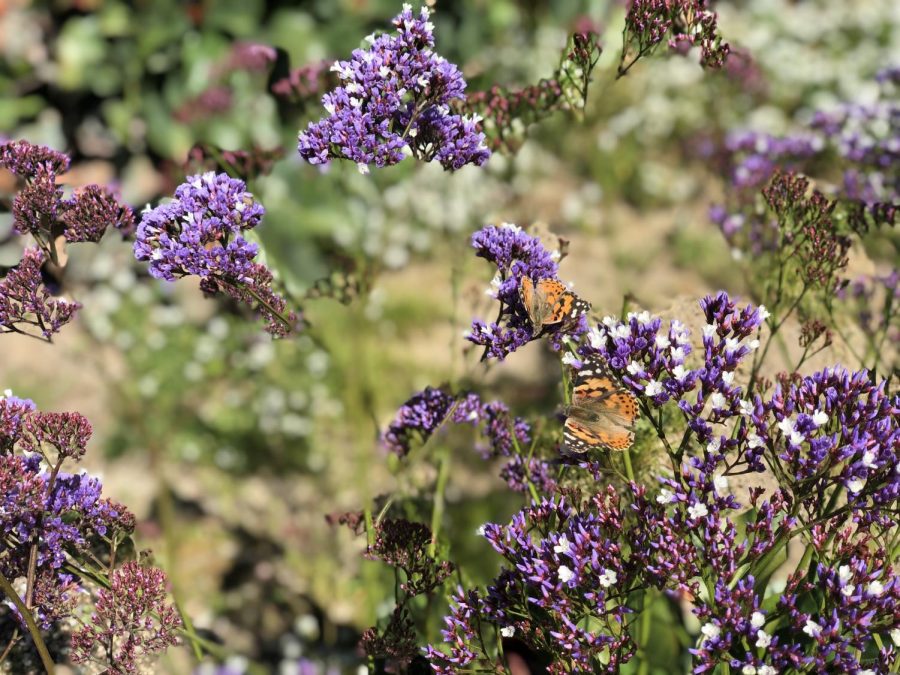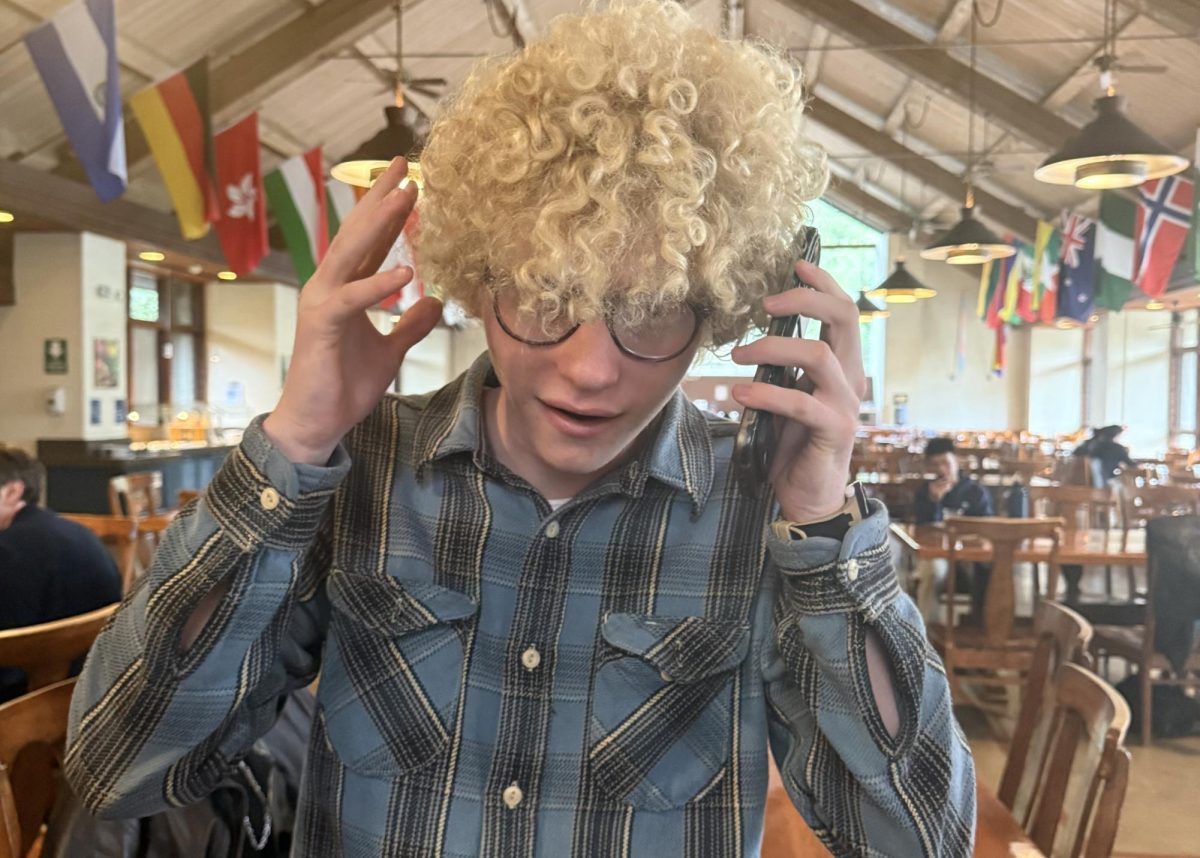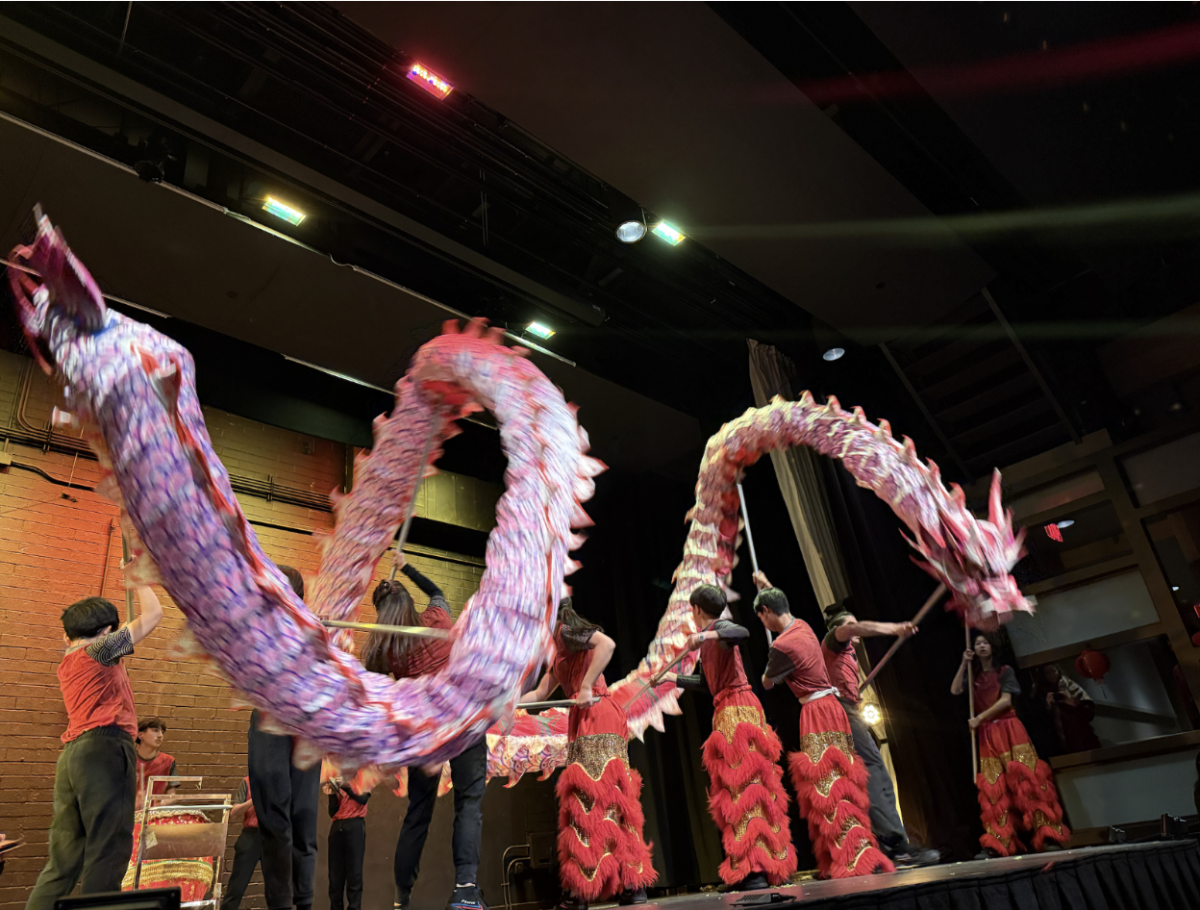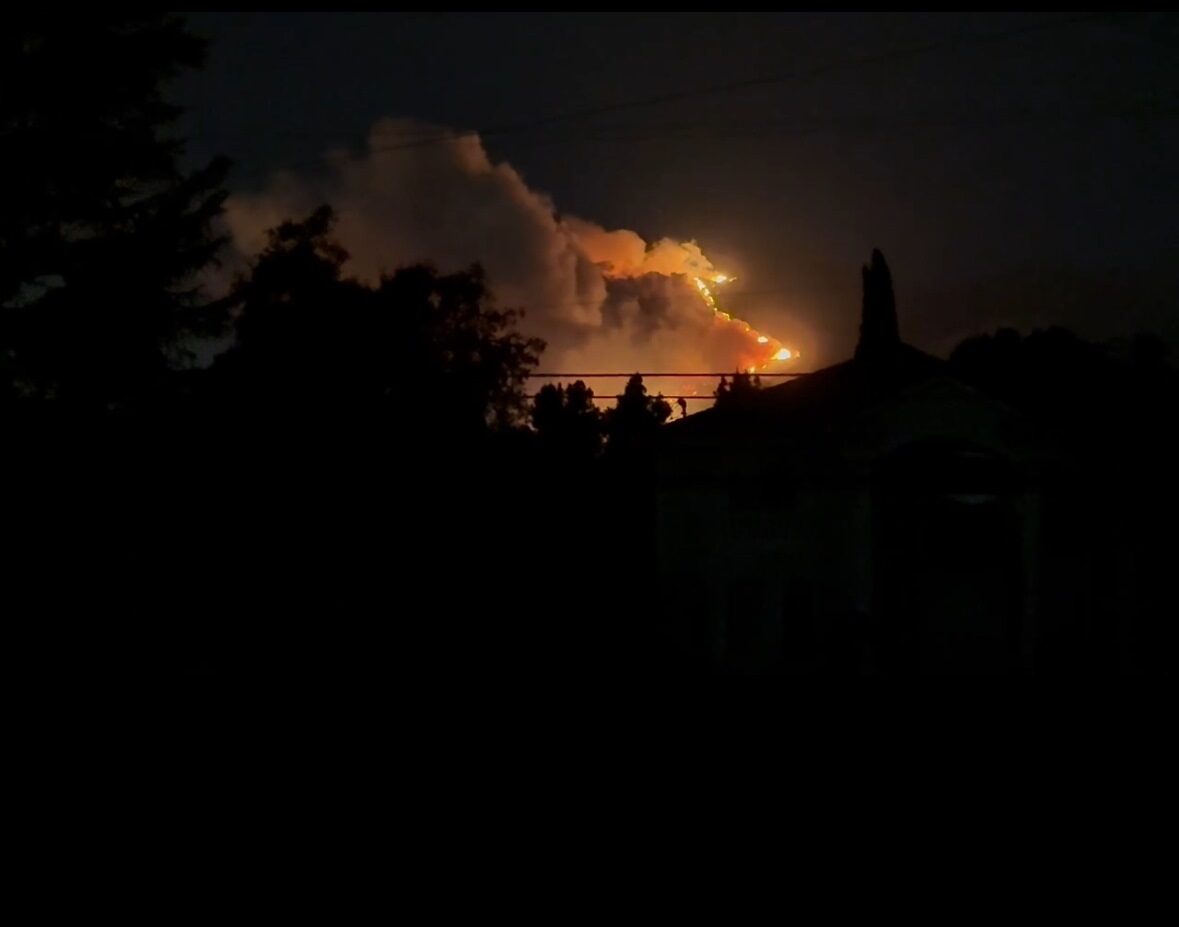As the weather warms up, you may have seen these graceful creatures on the drive down Baseline Road, or perhaps fluttering at speeds of 25 mph past the Quad on a cloudless afternoon.
A record-high wave of 1 billion black-and-orange butterflies has struck Southern California. These painted ladies (Vanessa cardui) can be found all across our 150-acre chaparral campus, making their annual journey from the Mojave and Colorado deserts to as far north as Alaska.
Seraphina Oney, science department faculty and Evolutionary Biology teacher, said, “The migration is like a magical experience to look at, but it’s also sad to know that many of the butterflies are not going to survive very long. R-selected species like the painted ladies produce a high amount of offspring because they know most are not going to survive evolutionarily and possibly get hit on the highway. It’s kind of cool to see environmental science in action with the butterfly migration.”
This remarkable spike in painted ladies is wonderful news in response to the decades-long Californian butterfly crisis, with record-low numbers of butterflies spotted just one year ago. Baffled scientists have not seen such high numbers of butterflies since one billion butterflies ventured to the Pacific Northwest in 2005, an El Niño year.
There are many layers to this natural phenomenon. Fluctuations in California’s winter climate can directly influence the varying levels of butterflies spotted in the early springtime. Experts believe that the exceptional level of recent winter rains in the desert triggered a statewide spring super bloom, thus allowing the painted ladies to have made their return to fresh, lush vegetation stacked with nutrients.
Chloe Stewart (‘20), an AP Environmental Science (APES) student, said, “Seeing the butterflies flying around campus right now have definitely reminded me of various videos we’ve seen in APES of thousands of insects migrating because of climate change. While the painted lady migration isn’t as intense as some of the videos we’ve studied in class, I feel like it’s even more interesting and cool to watch it happening live on our campus.”
Jacob Borello (‘21) said, “When the butterflies swarm together during track, it’s kind of annoying because you’re constantly running and trying not to hit them, but when you’re just lying around after practice, seeing the butterflies in nature is very tranquil.”
The painted lady is a boom-bust species, which means that their population size is dependant upon the density of wildflowers for ideal breeding and feeding grounds. Each individual butterfly is about the size of a silver dollar and has a lifespan of only two weeks after it emerges from its cocoon.
The painted lady is also known as the “cosmopolitan butterfly” because they can be found on every continent except Australia and Antarctica. These swift insects can cover over 100 miles per day during migration.
While we cannot control California’s turbulent weather, we can encourage the annual explosion of these magnificent creatures by doing our part to plant more flowers, watching where we step, and protecting our campus environment.















